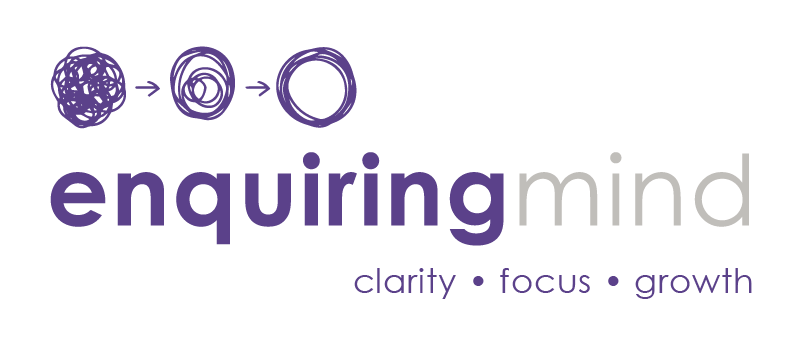Collective Leadership
I have been contemplating the benefits of collective leadership, sparked by the weight of responsibility and accountability…
– WHAT IS IT AND HOW TO CREATE IT
I have been contemplating the benefits of collective leadership, sparked by the weight of responsibility and accountability that sits on the shoulders of the (relative) few. In a stereotypical social structure, we tend to follow one leader, or look for one person to lead us out of crises, or to lead us to the achievement of certain objectives. And when things don’t go according to plan, it is this leaders’ leadership capability that comes into question. Sure, leaders might be remunerated in such a way that justifies their responsibility, but perhaps in a world where community and human connection has become so important, should we not perhaps place a more conscious focus on the strength of collective leadership and teamwork?
We saw how South Africans came together to protect their businesses and properties from the spate of looting that shook our country in July. It was heart-warming to see how many people stood shoulder to shoulder in the #RebuildSA initiative. What was interesting is that collective responsibility was taken for a greater outcome. Perhaps we can start to think about collective leadership in business more consciously by breaking it down into smaller components.
If we think about this from a team perspective, what can the team leader consider to inspire more collective leadership, collective responsibility, and collective accountability, for according to Manfred Kets De Vries, “In our global highly complex world, the heroic leadership figure has increasingly become a relic”. In executive coaching circles, we often use personality assessments or psychometrics to fast-track an executive’s coaching journey. One of my clients recently asked if he was one of the worst types of the Enneagram.
Of course, all Enneagram types are equally fascinating in and of themselves and there is no one type better than another. Each of us has enormous strength and value to offer the world as well as areas that can be worked on. This was a stark reminder for him that whilst it is important to leverage his strengths in leading his team, there is also opportunity to really delve into the strengths of others, and to potentially spread the responsibility of having to lead this team (alone) to a point of success.
Collective leadership in a team tends to generate positive energy and buy-in from the individuals in that team. Research shows that teams who engage in collective leadership tend to show more curiosity and respect for the individual strengths of each team member and have more of a propensity to collaborate with other teams, departments, or companies. Because responsibility and accountability are spread across the team members, there is a collective sense of urgency and importance to meet set objectives.
In thinking about, and then perhaps acting on creating a culture of collective leadership for your team, the following steps can be considered:
Step 1:
Revisit what it is that this team has been commissioned to achieve and ensure that there is a deep-seated emotional connection to the outcome amongst the team members. If we look at teams working together within departments, departments within companies, companies within industries, industries within countries, we can draw on parallel thinking, and ask ourselves, ‘what is it that is so important for us to achieve together, that our team will pull together and take collective responsibility for the outcome?’
Step 2:
Decide together what collective leadership means for your team. Collective leadership can mean different things to different teams. Professor Peter Hawkins, in his triangulated research amongst global CEOs, HR Directors and Millennial Future Leaders, discovered that our leaders of tomorrow are looking to work alongside role models, to partner with leaders who listen, empathise, challenge, and inspire. They are looking for partnership over management. They are looking to be coached and mentored. They are looking for connection, to be treated as whole people, to be cared about and to have the opportunity to co-create meaningful development journeys that benefit themselves, their teams, their organisations, the world. What do you need to be more mindful in practicing to inspire responsibility and accountability amongst team members?
Step 3:
Create time for listening to feedback by ensuring appropriate channels of communication at relevant interfaces, be they interpersonal (amongst team members), interdepartmental (team to team), inter-company (team to internal company stakeholder groups) or external (team to external stakeholder groups).
Step 4:
Work together to create new solutions, solve problems, prioritise actions that need to be taken based on the feedback received. As an ICF credentialed systemic team coach, I can vouch for the theory and practice of systemic team coaching being quite different. Whilst the above steps might sound straightforward and doable, it is often a very human melting pot of emotions and agendas that tend to flavour the process. It can be extremely useful to work with ICF credentialed team coaches in creating the reality of a collective leadership culture for your team. They will ensure objectivity, clarity, and crystal-clear contracting along the journey, ensuring that the team is held in a respectful, forward-looking, and learning-based experience.“Never doubt that a small group of thoughtful committed citizens could change the world. Indeed, it’s the only thing that ever has”. (Attributed to Margaret Mead – source unknown).
Perhaps it’s time that we moved away from our own individual agendas and moved towards conscious collective leadership, thinking about, and answering how much more can be achieved if we all buy into the purpose of our work and ‘own the outcome’.
